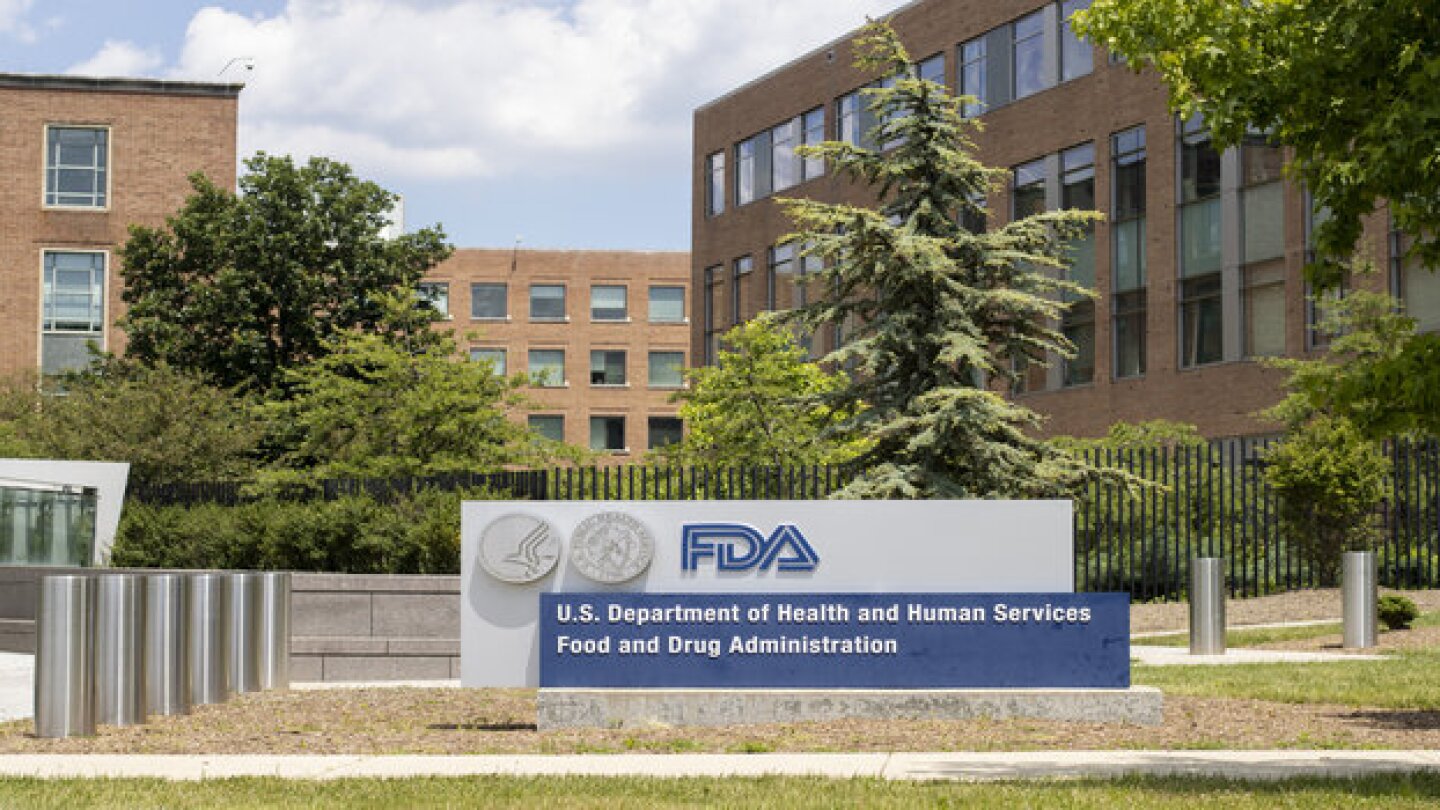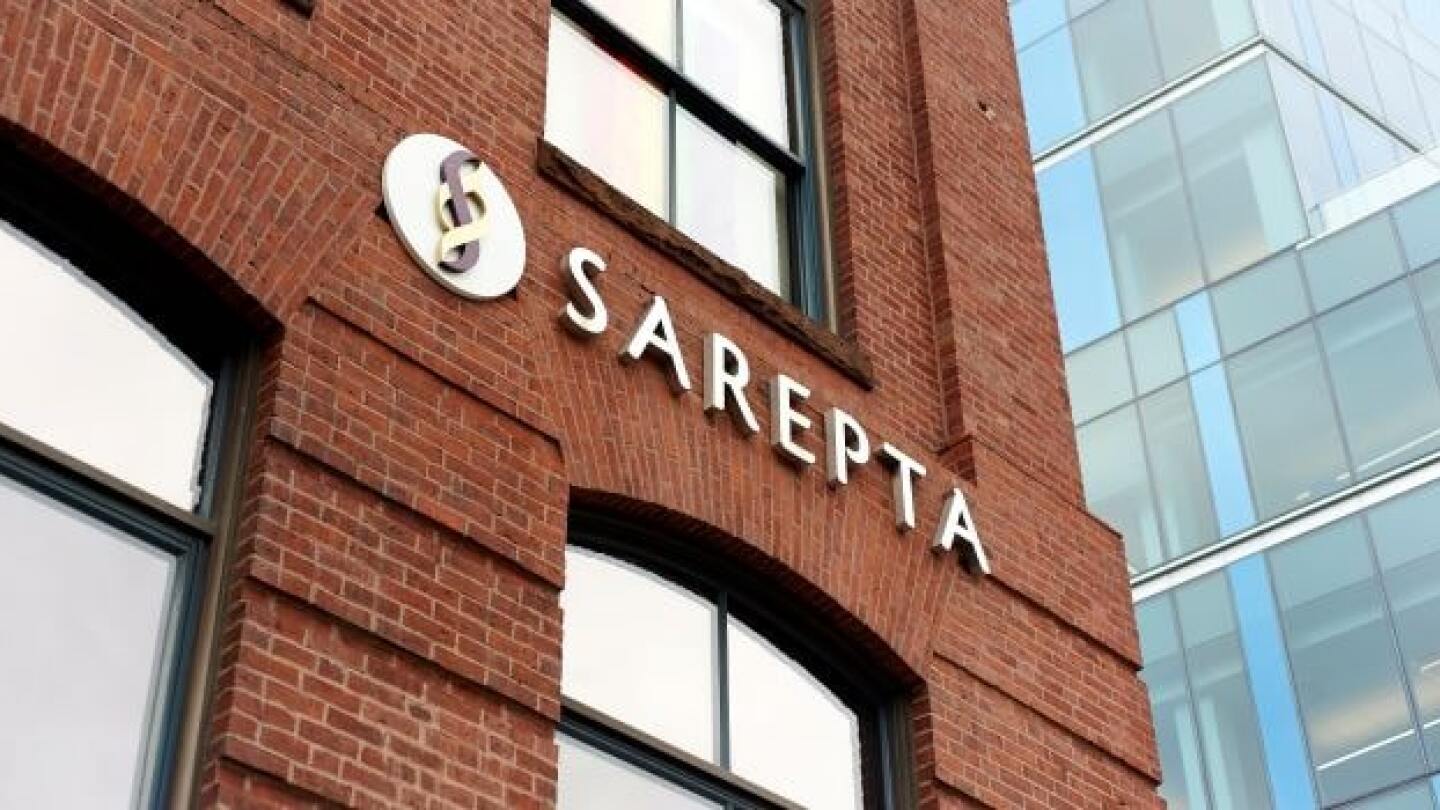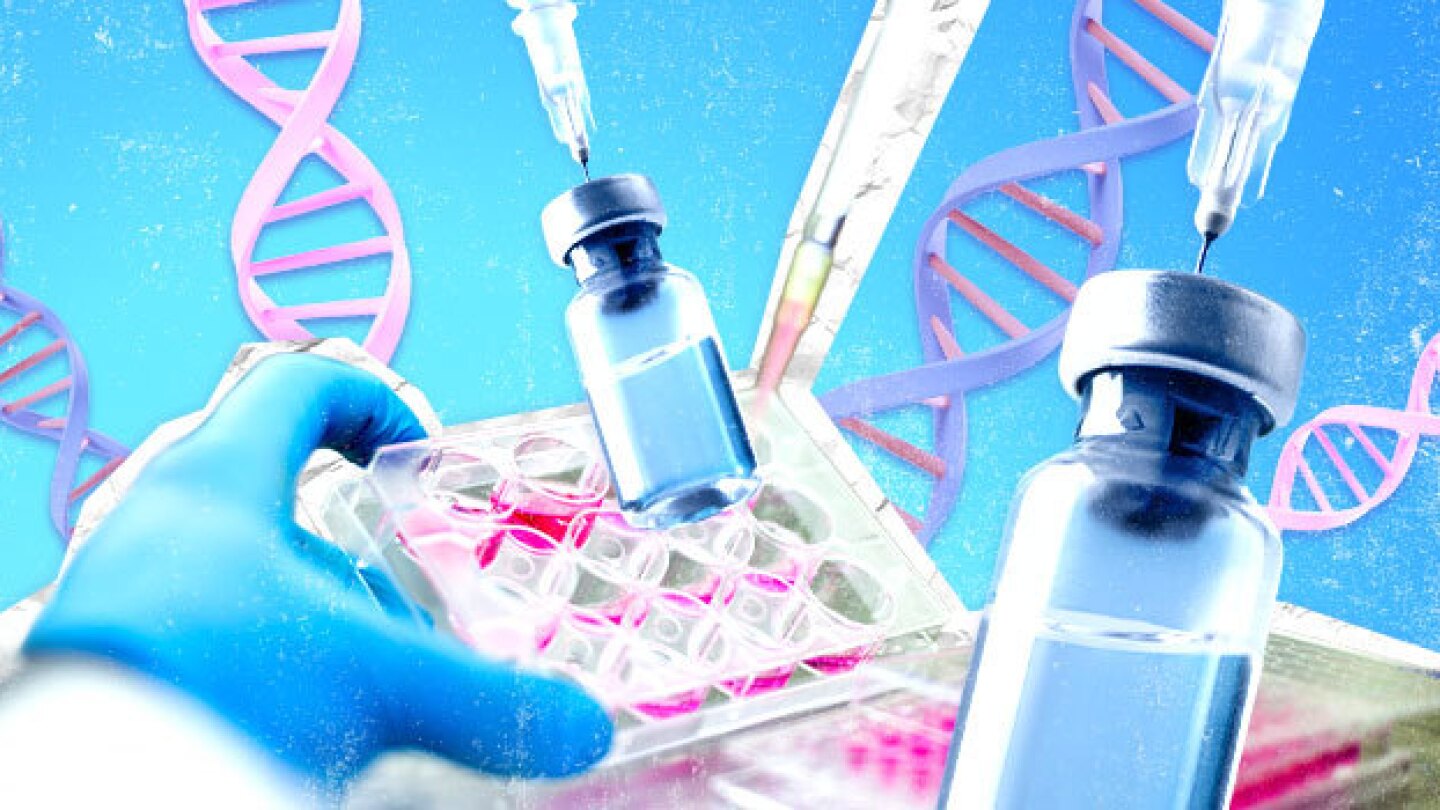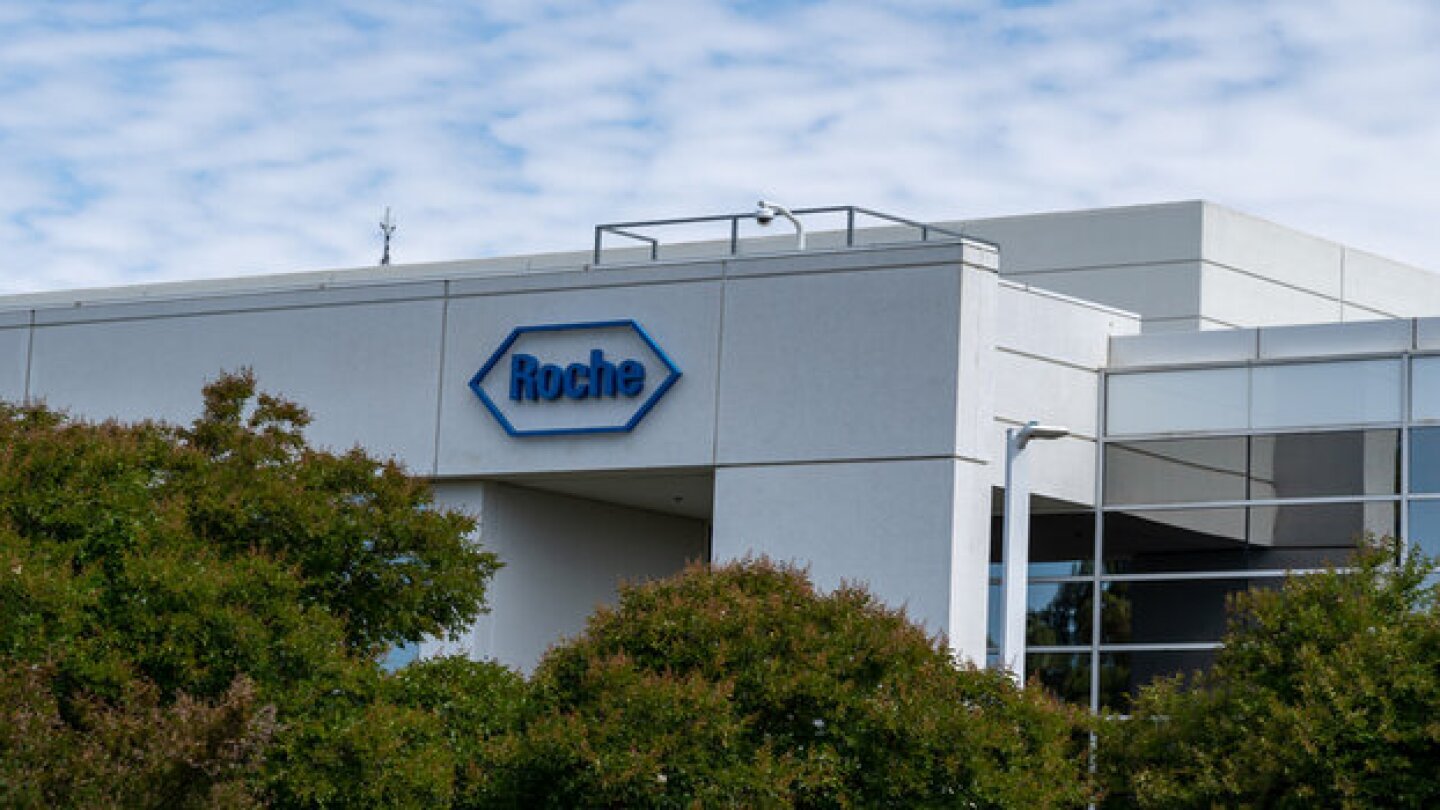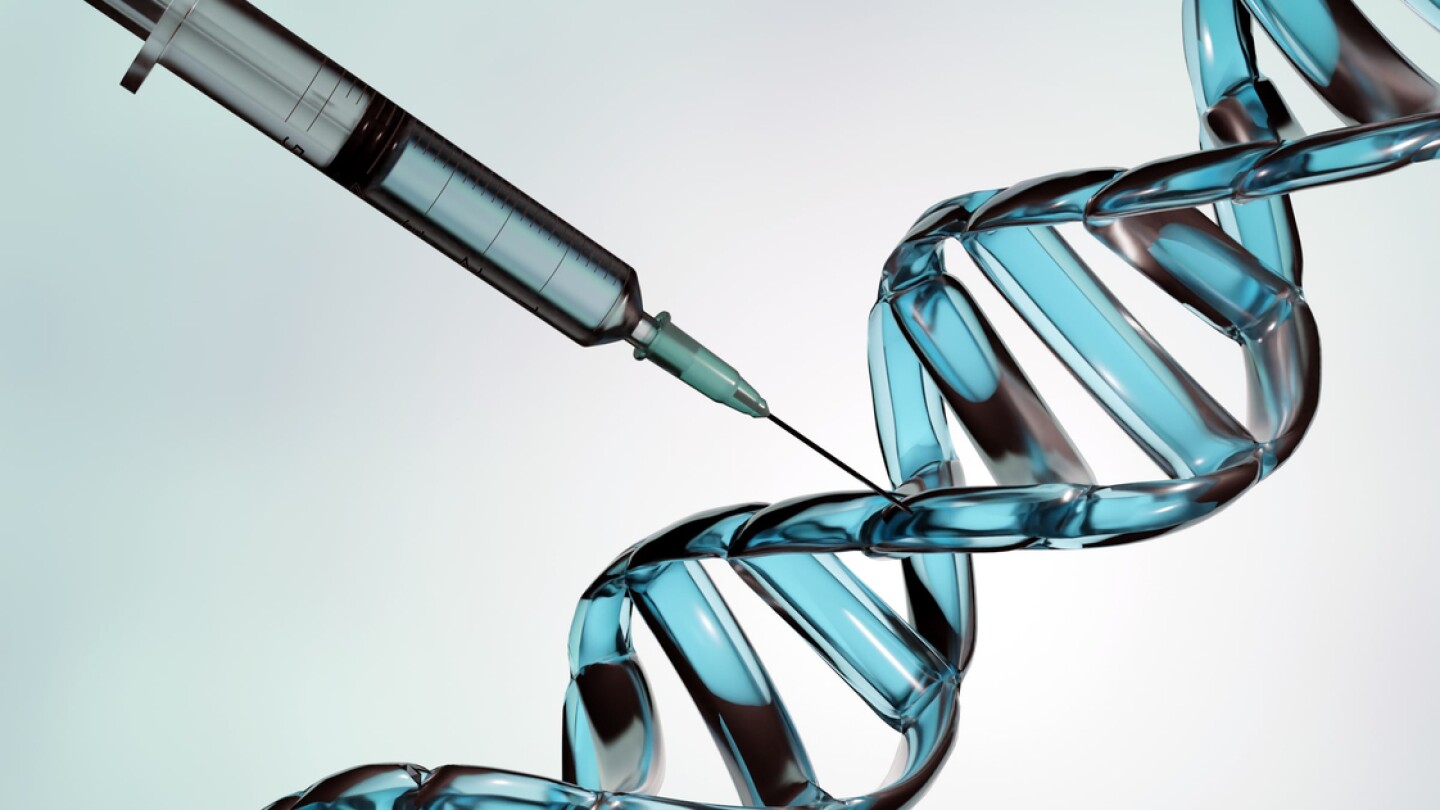Gene therapy
Bluebird has just two quarters until it’s out of cash. Executives are looking for financing to extend that runway to a projected breakeven point before the end of 2025, with analysts worried they won’t make it.
The FDA has followed in the footsteps of its European counterparts and granted accelerated approval to PTC Therapeutics’ gene therapy Kebilidi for AADC deficiency. It is the first approved gene therapy to be delivered directly to the brain.
BioSpace takes a look at the headlines across a heavy earnings week for biotechs, checking in on Allogene, Rapport and more.
Analysts did not seem very concerned by the treatment-related serious adverse event, noting that NGN-401 was well-tolerated at a lower dose and showed promising efficacy outcomes.
The investigational therapy, vesleteplirsen, had been positioned as an updated version of Sarepta’s original exon 51-skipping Duchenne muscular dystrophy drug Exondys 51.
BEAM-101 seems to be competitive with approved sickle cell treatments, William Blair analysts said in a note to investors, but a patient death underscores the need for less-toxic preconditioning treatments.
The biotech beat Wall Street’s third-quarter revenue forecast by 6%, driven by increased uptake of its achondroplasia drug Voxzogo. However, William Blair downgraded BioMarin’s shares to market perform due to a “lack of near-term catalysts” and uncertainty around Voxzogo’s potential revenue growth.
With Sarepta’s gene therapy Elevidys now available to a majority of Duchenne muscular dystrophy patients, experts express cautious optimism while emphasizing the need for further data.
With an upfront payment of $50 million from Roche, the partnership will leverage Dyno Therapeutics’ in vivo gene therapy delivery technology, which synthesizes virus capsids with better functionality and manufacturability.
The pediatric patients, with a rare neurodegenerative disease, were treated with bluebird bio’s Skysona to slow the progression of neurologic dysfunction. Six patients developed myelodysplastic syndrome and one patient developed acute myeloid leukemia.
PRESS RELEASES


